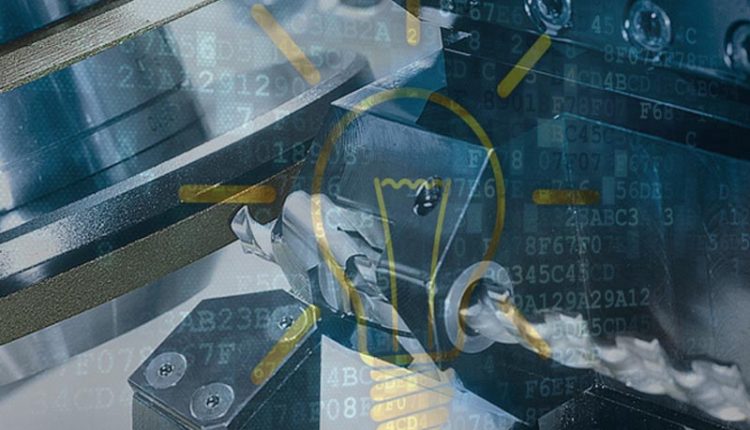As innovations in additive manufacturing continue to progress, you’ve probably noticed a corresponding rise in cutting tool development. Gone are the days of standardized hardware and equipment. Instead, the highly creative designs of today require customized tools to ensure precision, integrity and efficiency.
Geometric Progression
Next-gen advancements in tooling have led to greater control over geometry than ever before. This is especially true in the case of macro geometry, which is involved in rake face topography. Rake angle, which describes the amount of slant between the tool’s top face and its cutting edge, can have a significant effect on the finish of your parts and pieces.
Larger rake angles typically feature better cutting power over smaller angles, but they’re also more prone to breakage and failure. As a result, you need to factor in the type of material you’re working with as well as the exact usage of the tool to find the ideal rake angle.
Dry Machining
New and evolving governmental regulations are controlling tool development in many regions. As an alternative, machinists in these regions have taken to dry machining to reduce their environmental impact and meet the standards of the 21st century.
Dry machining is appropriate when the material or parts you’re working with need to remain dry throughout the production process. This is a common issue in medical device manufacturing, as cutting fluids and lubricants might contaminate the final product.
Some materials are simply not workable via dry machining. Metals like titanium and magnesium require external cleaning, via cutting fluids, to avoid damaging the part or your tools.
Nodular Irons
Ductile irons, also referred to as nodular irons, are seeing an increase in popularity as of late. As a versatile material that is relatively easy to work with, nodular irons often require custom tools to accommodate the excess buildup of ferrite materials.
Because of its high durability, this type of material is often used in automotive manufacturing for engine and wheel components. Although it’s relatively easy to work with, additional finishing processes are typically required to smooth the edges before the piece is complete.
Aluminum Machining
Aluminum remains a popular material in machining, but the sheer amount of aluminum compounds and alloys available makes custom tooling a necessity.
Titanium aluminide, sometimes referred to as TiAl, is commonly used in aerospace manufacturing. Although its application is being explored in the manufacture of engine valves and fans for the automotive sector, the hardness and abrasiveness of the material require a tool with an extremely sharp edge.
Manufacturers are also introducing silicon, particularly silicon carbide, to increase the strength of aluminum without negatively affecting the part’s workability. Although this material has long been used in electronics, several different commercial grades have been made available for general manufacturing.
Cermet Cutting Tools
Commonly used in dry machining, cermet cutting tools combine ceramic and metal for a strong and durable tool. The resulting tool features improved hardness when cutting hot materials and more chemical stability when compared to composites like tungsten carbide.
However, a lack of precision means cermet cutting tools are better suited for near-net shape manufacturing. In this process, parts and pieces are produced in a form that is as close as possible to their final, or net, shape. This minimizes the amount of edge grinding, surface polishing and cleaning needed to create a finished product.
Modern 3D Printing and the Future of Machining
Despite the consumer accessibility of modern 3D printers, the manufacturing industry still needs skilled machinists to spearhead large-scale projects, ensure part consistency and develop the right finishing tools for the job. Consumers might be preparing to begin their own, small-scale production efforts, but manufacturers all around the globe are just continuing business as usual.
SOURCES:
http://www.mmsonline.com/articles/trends-that-drive-cutting-tool-development
http://mmu.ic.polyu.edu.hk/handout/0102/0102.htm
http://www.mmsonline.com/articles/machining-dry-is-worth-a-try
http://www.afsinc.org/multimedia/contentMC.cfm?ItemNumber=11371
http://advancedmanufacturing.org/cutting-tools-for-use-with-new-aluminum-compound-materials/
http://www.azom.com/article.aspx?ArticleID=42
http://www.mmsonline.com/articles/cermets-get-assertive
https://www.isr.umd.edu/Labs/CIM/vm/ama/node6.html
Article by —
 Megan Ray Nichols
Megan Ray Nichols
Freelance Science Writer
[email protected]
www.schooledbyscience.com/about



